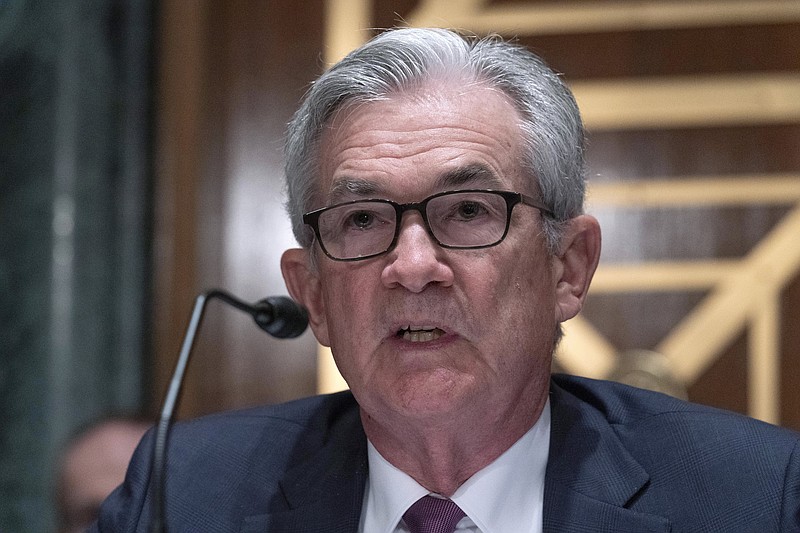Last Friday at the Federal Reserve's annual research conference, Chairman Jerome Powell made official what everyone anticipated: the Fed will begin tapering its massive bond-buying program by year end. Talking heads on the financial channels have obsessed over the timing and rapidity of throttling down the extraordinary stimulus known as Quantitative Easing or QE and the likely impact on inflated asset prices. But what exactly has the Fed been doing, what does "tapering" mean, and why does it matter?
The U.S. Federal Reserve Board is charged with conducting monetary policy; that is, controlling the supply of money in the economy and the closely associated level of interest rates. Like most central banks, the Fed is tasked with keeping inflation under control. Unlike most other central banks, however, the Fed is also charged with a somewhat contradictory mandate of promoting full employment. The Fed's primary tool historically has been managing the level of interest rates as a countercyclical measure. When inflation gets too hot, raising short-term interest rates dampens excessive expansion and cools off prices. Conversely, in times of recession, the Fed lowers short interest rates to promote more borrowing and investment to stimulate economic growth and job creation. So far, so good.
But what happens when the Fed has cut its benchmark interest rate as far as it can go? This happened in the aftermath of the 2008 recession. By January of 2009, the Federal Reserve reduced its target rate (called the Federal Funds rate) to zero, but job growth remained sluggish. The central bank had run out of bullets and chose to bring an unconventional weapon to bear: Quantitative Easing.
The term QE was coined to describe a means of easing monetary policy by massively increasing the quantity of money in the economy, with the intent of pushing down longer-term interest rates. The Fed implements this policy by creating new money and using it to purchase huge quantities of Treasury bonds from big banks, holding the bonds on its own balance sheet, and encouraging banks to lend this cash windfall to private borrowers. Between 2009 and 2014, the Fed had purchased over $3.5 trillion in bonds and had quadrupled the size of its holdings of Treasuries. The true effectiveness of the policy is still debated, but the Fed was successful in holding down rates and the economy eventually returned to full employment.
The purchases eased gradually beginning in 2014, but the Covid economic collapse in March of 2020 prompted the Fed to spring again into action. Only this time, they weren't fooling around. Starting in June, the central bank began purchasing $80 billion in Treasury bonds and $40 billion in mortgage-backed bonds every month, flooding the economy with nearly $5 trillion in liquidity. The scope and scale of the rescue effort was unprecedented, and the Fed is on target to expand its balance sheet ten-fold over the 2006 level by the end of the program. Shazam.
While the intent was to stimulate lending and economic expansion, the fact is that availability and cost of credit was not the primary hindrance to the recoveries following the 2008 and 2020 recessions. However, monetary policy is a blunt instrument, so the Fed has reluctantly turned to indirect transmission channels like asset appreciation to boost wealth and consumption spending. That is, most of the massive money injection wasn't needed for loans, so it ended up flowing into real estate and stocks. Many analysts fear the policy has created a bubble, with stock markets and real estate showing signs of excessive valuations. Therein lies the Fed's dilemma.
To the degree that stocks and real assets have been inflated above fair value based due to artificially low interest rates, evidence that the Fed is ready to begin "tapering" (slowing its bond purchases) could trigger a correction in asset prices (i.e., a selloff). This is simply an arithmetic consequence: current stock and housing prices are a function of low interest rates. If rates go up, all else equal, prices must fall in the short run. Hence the obsession with tapering.
Of course, there are real world consequences of Fed tightening even for Americans who hold no stocks or real estate. All rates would rise, including loan rates on autos, student loans, and credit cards, and too rapid an increase could hinder the robust recovery currently under way. And while the Federal Reserve was rightly aggressive in 2008 and 2020, retaining the excessive stimulus for so long has inflated the bubble and intesified the Fed's dilemma over when to back off.
Chairman Powell's hint at tapering later this year was received benignly by investors on Friday, perhaps because it had been widely anticipated. We shall see how the market reacts in November when the Fed actually begins tapping the brakes. Seat belts everyone.
Christopher A. Hopkins is a chartered financial analyst in Chattanooga.
